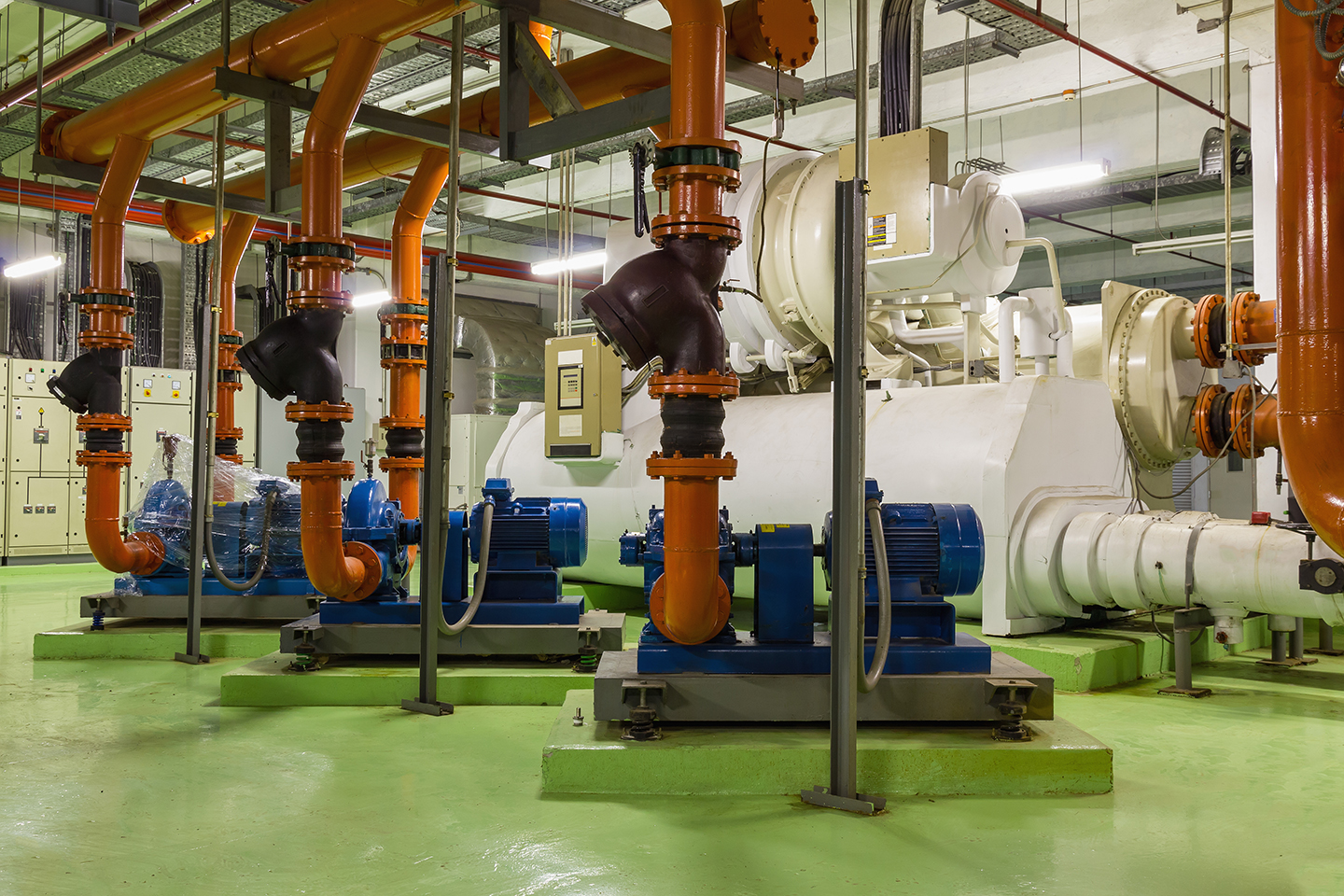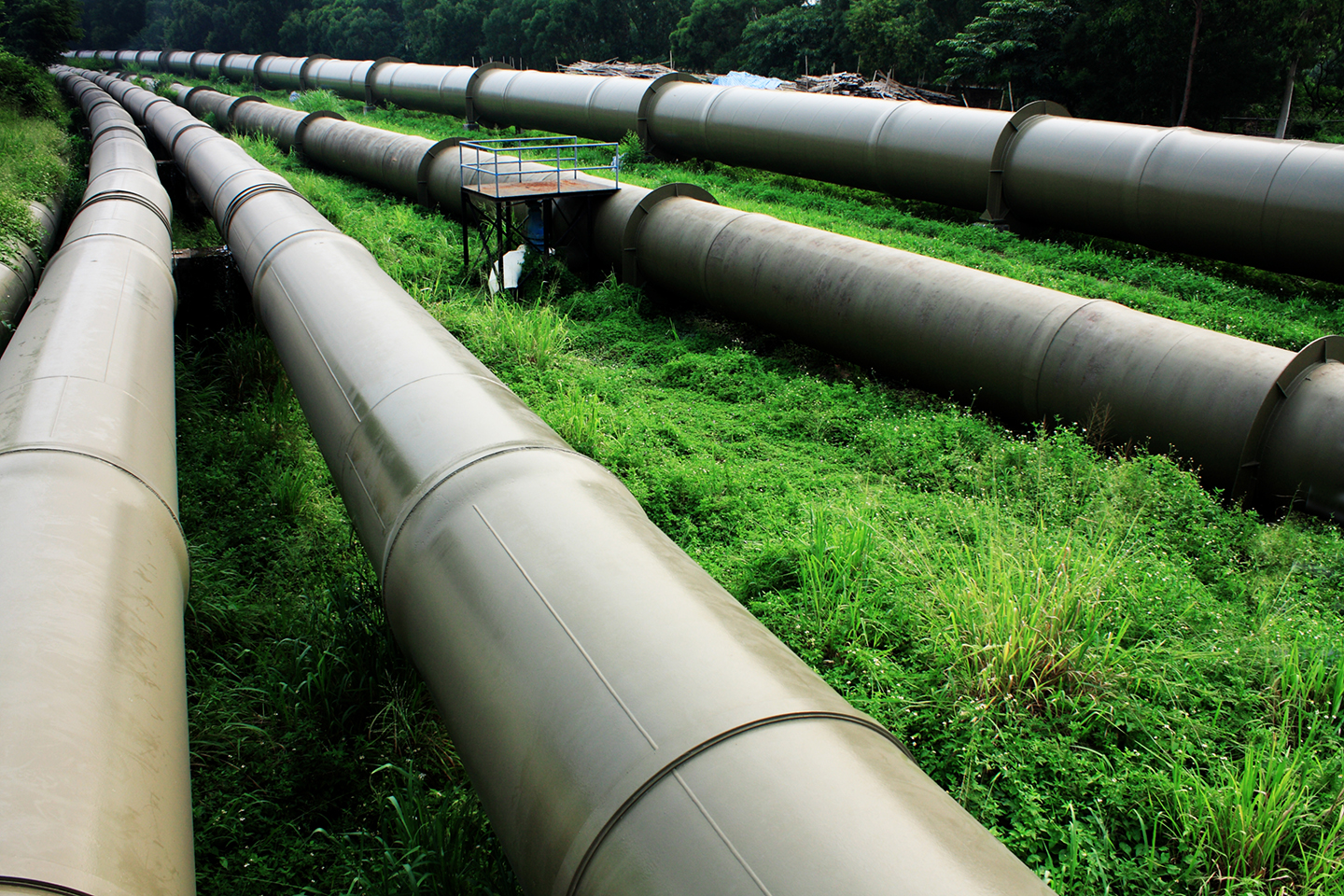Energy Saving-as-a-Service: A Smart HVAC System for a Hypermarket
Location: Taiwan
A system integrator that specializes in HVAC systems wanted to deploy a smart HVAC solution that operates as an energy saving-as-a-service business model. The system integrator leased their HVAC system to the hypermarket and was paid based on a percentage of the amount of money the hypermarket could save by deploying the new solution.
The smart HVAC system automatically adjusts settings based on the operating hours of the hypermarket and real-time temperatures, which removes the need for a human operator to manually adjust the HVAC system. In addition, there is an online web console that the end user can log in to that allows them to visualize the HVAC system. As the HVAC system can now be visualized, engineers do not need to be dispatched for routine inspections, but are only dispatched when a problem arises that needs attention. Both of these features allow the end user to significantly reduce the total cost of ownership.

Big Data Acquisition and Analysis in Energy Storage Monitoring System
Location: USA
An energy storage system provider in the US was commissioned to build a 40 MWh energy storage system for a key customer in the solar power industry. The energy storage system provider wanted to connect the system to a network in order to collect and monitor data, such as charging and discharging current values and the temperature of each battery, from each battery system. Analysis of this data is instrumental in finding ways to improve the battery’s charging and discharging algorithm, which could help the customer efficiently manage energy and ensure a long battery lifecycle. This is another specific example of where the Industrial Internet of Things (IIoT) can benefit a customer. Being able to read each battery’s temperature, they would know when to turn on or off the relays, which connect or disconnect the battery, making the charging or discharging more efficient as the charging and discharging capabilities of batteries differ under different temperatures.

Connected Fuel Cell-as-a-Service that Provides Backup Power for Microgrid Applications
Location: Taiwan
A system integrator based in Taiwan deployed a 5 kW fuel cell system that provided backup power to cellular base stations. The fuel cell system supplied clean energy and provided backup power for longer durations than previous deployments. The fuel cell provider rented their product to the system integrator and only charged them when the backup power was used. This opened up a new avenue of revenue for the fuel cell provider as they were able to offer a machine-as-a-service that only charged the customer for the amount of backup power they used. This also allowed the end user to save costs, as they did not need to build or purchase an entire backup power system.
One of the main benefits of this deployment was that it increased the reliability of the cellular base station, particularly for deployments in remote locations. Aside from providing backup power, this new system had two main benefits compared to the previous deployment:
- The capability to monitor the fuel cells efficiently by collecting data from them and transmitting it to the control system.
- Streamlining the maintenance process by actively sending alerts to field site engineers when an event that requires attention occurs such as fuel levels dropping.

Local Intelligence for Water & Wastewater Remote Monitoring
Location: Finland
To supply the Finnish capital Helsinki with enough drinking water, the environmental operator responsible for water quality in Finland built a tunnel from Lake Päijänne, a freshwater lake approximately 120 km outside Helsinki, to Silvola.
This tunnel is the second longest continuous rock tunnel in the world. To reduce water leakage—which amounts to approximately 20% of Finland’s water supply—the pipeline needs to be monitored by collecting operational data. Therefore, the Finnish water authorities were looking for a remote water pipeline and tunnel monitoring solution, a local intelligent device that could collect data related to water pumps and water pressure and sent it to the control center, displaying it on a SCADA system via cellular communication for data analysis.
